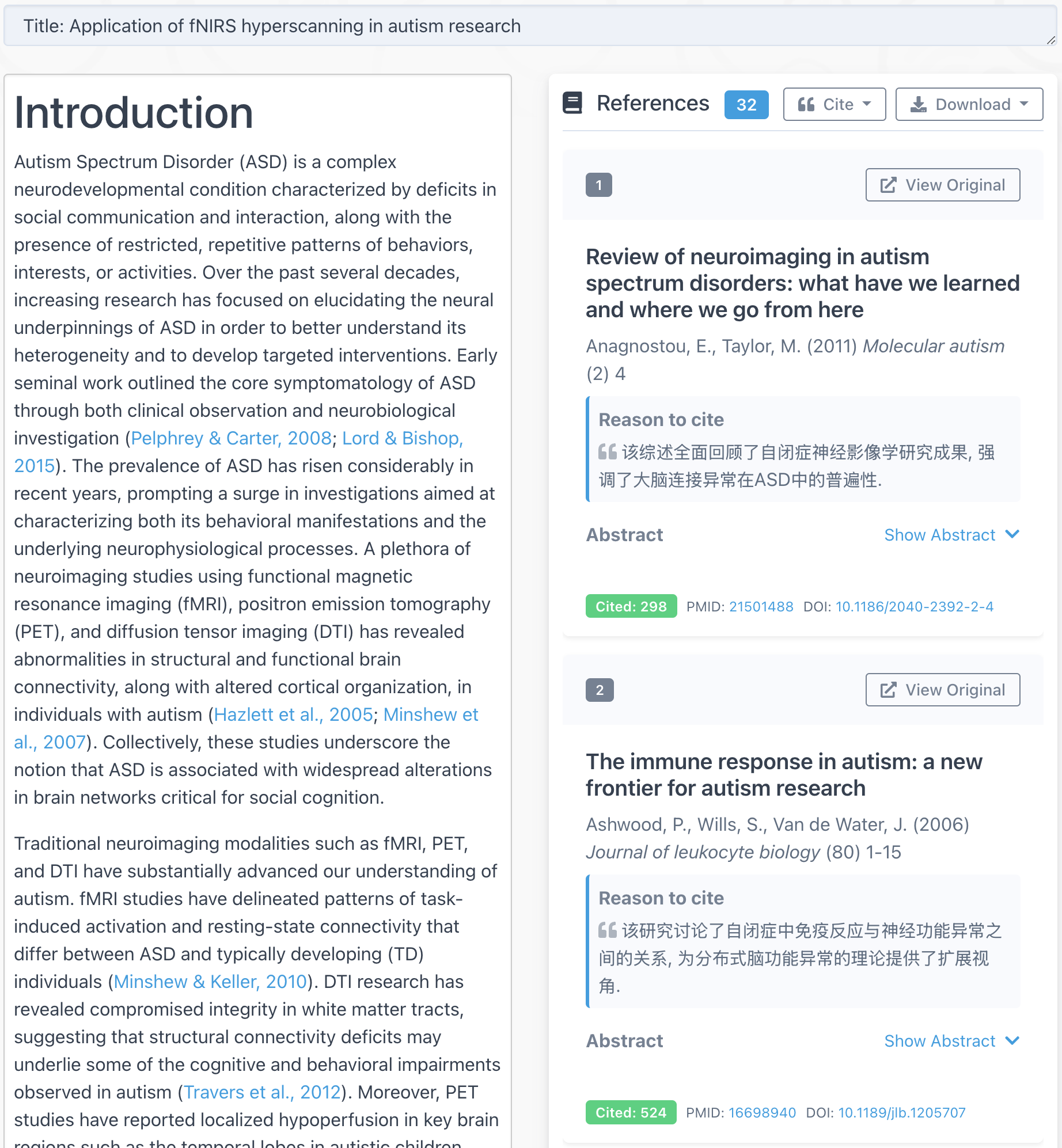北京时间2020年6月28日周日上午11点,浙江大学的刘涛研究员,博士生导师, 将为大家讲解一篇商科领域的EEG文章。文章中提出的方法对近红外领域有很好的借鉴作用。同时,刘老师会结合他最近的一篇文章,讲一下类似的时间窗口方法可以帮助我们了解什么额外信息。
时间: 北京时间2020年6月28日周日上午11点
地点: https://zoom.com
房间号: 876 6491 1732
密码: 819151
他要讲的文献如下:
Samuel B. Barnett, and Moran Cerf (2017), “A ticket for your thoughts: Method for predicting content recall and sales using neural similarity of moviegoers,” Journal of Consumer Research, 44(1), 160-181.
Abstract:
Skilled advertisers often cause a diverse set of consumers to feel similarly about their product. We present a method for measuring neural data to assess the degree of similarity between multiple brains experiencing the same advertisements, and we demonstrate that this similarity can predict important marketing outcomes. Since neural data can be sampled continuously throughout an experience and without effort and conscious reporting biases, our method offers a useful complement to measures requiring active evaluations, such as subjective ratings and willingnessto- pay (WTP) scores. As a case study, we use portable electroencephalography (EEG) systems to record the brain activity of 58 moviegoers in a commercial theater and then calculate the relative levels of neural similarity, cross-brain correlation (CBC), throughout 13 movie trailers. Our initial evidence suggests that CBC predicts future free recall of the movie trailers and population-level sales of the corresponding movies. Additionally, since there are potentially other (i.e., non-neural) sources of physiological similarity (e.g., basic arousal), we illustrate how to use other passive measures, such as cardiac, respiratory, and electrodermal activity levels, to reject alternative hypotheses. Moreover, we show how CBC can be used in conjunction with empirical content analysis (e.g., levels of visual and semantic complexity).
欢迎大家参与讨论。也请大家进我们的journal club微信群参与讨论。(该群人数已经超过200,因此需要群内成员的邀请。)



